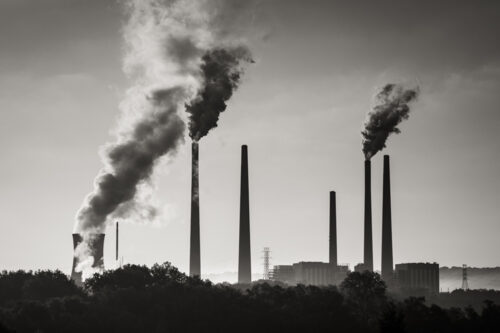Image courtesy of Robert S. Donovan.
Methanol has long been considered a promising candidate for sustainable energy production because it is an energy source that can be derived from various carbon-based resources including biomass and coal. Even the greenhouse gas carbon dioxide (CO2) can be turned into methanol. However, while both are simple single-carbon-based molecules, efficiently converting one to the other remains a challenge. The process first requires converting CO2 to carbon monoxide (CO), which is relatively efficient, but the subsequent transformation of CO into methanol involves multiple steps, each of which reduces the overall effectiveness of the reaction. This inefficiency limits our ability to utilize carbon dioxide as a feedstock for sustainable fuel production.
Recently, however, a team of chemists led by Yale professor Hailang Wang designed an innovative approach to convert CO into methanol. The team first recognized CO’s low solubility in an aqueous electrolyte, which slows the reaction because fewer CO molecules reach the necessary reactants. To solve this, they introduced a microporous layer into the electrode structure, helping facilitate the transport of CO. This approach increased the methanol Faradaic efficiency (FE)—a measure of how effectively electrical charge is used in the reaction—from forty percent, well below the standard of practical application, to sixty-six percent. Additionally, they identified the first electron transfer to CO as the rate-limiting step, with water as the primary proton source. To address this, the researchers utilized bicarbonate and high-pressure conditions to assist the proton transfer, achieving an impressive methanol FE of eighty-four percent.
These results pave the way for the future of methanol production, strengthening its case as a sustainable energy source. This research demonstrates how targeted adjustments can vastly improve efficiency, nearly doubling the previous record. Such progress opens the door to producing a clean energy source and decreasing greenhouse gas emissions at the same time, combining two essential environmental strategies.

